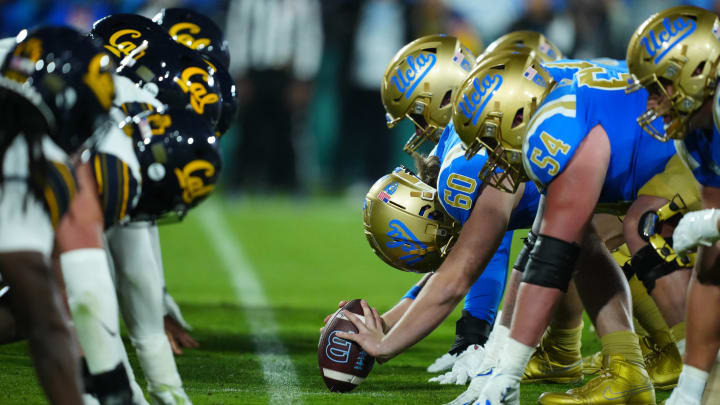Report: Cal Athletics’ Financial Situation Looks Grim

The financial situation of Cal athletics is not encouraging as the Golden Bears begin membership in the Atlantic Coast Conference next fall. At least that’s the assessment of Jon Wilner of the San Jose Mercury-News after he obtained financial documents for UCLA and Cal.
He concluded that the athletic departments of UCLA and Cal combined to have a deficit of more than $80 million in fiscal year 2023 when contribution from the universities’ central campus was excluded. .
Wilner made this general statement:
Without a course change, the grim financial trajectories in Westwood and Berkeley could undermine success on the field (and court) in their new leagues against peers with stronger fiscal foundations.
Wilner concluded the financial situation at Cal is worse than that of UCLA.
All this will fall on the shoulders of a new Cal chancellor, with current chancellor Carol Christ scheduled to leave office in May. (Read the comments at the end of this story from Washington State president Kirk Schulz on the changing role of college presidents and chancellors.)
According to Wilner’s report, Cal reported $126.1 million in revenue for fiscal year 2023 and $134.9 million in expenses for an $8.8 million deficit.. The expenses, which rose 17.8 percent from the previous fiscal year, included a $6.5 million increase in salaries for coaches and administration. Wilner reported that the Cal central campus contributed $36.7 million to the athletic department to help minimize the deficit.
Wilner suggests that the financial picture for the 2023-24 fiscal year might be worse because of Cal’s take from Pac-12 revenue could be less than last year. He noted that the Bears’ cost of existence in the ACC is likely to be millions of dollars higher that it is in the Pac-12 because of increased travel costs and other issues. Also, Cal and Stanford reportedly will receive only 30 percent shares of the ACC’s media rights revenue for the next seven years, which would be about $7.5 million instead of the $25 million the other ACC schools would get.
Cal is hoping to benefit from a subsidy from UCLA that might be required by the University of California Board of Regents based on UCLA’s increased revenue from joining the Big Ten. The regents have not declared the amount of that subsidy if it is actually forced upon UCLA, but the parameters mentioned by the regents at the time were $2 million to $10 million.
This financial picture does not include the legal challenges to the NCAA, which will force the conferences and their members to make payments if the court rules that damages must be paid.
Will the next Cal chancellor be able to handle the athletic department’s financial burden? Will sports have to be cut, something Chancellor Christ vehemently denied would happen under her watch?
It’s worth noting the words of Washington State president Kirk Schulz, who has been a college president for 15 years, as he discussed the changing role of college presidents during an interview a few months ago:
“Athletics now require more of the president’s time by far than when I started as a president. It used to be you went to your conference [meeting], you sort of interacted with the other presidents, but I would say largely you were focused around the academic mission of your particular institution. The amount of time and buy-in that you would need to take to be informed, not simply show up at the meetings, but really be informed is very different now than it was.
“I think new presidents when they start, or new chancellors, I say you’ve got to have a strategic relationship with your athletic director. You may say, ‘I don’t want to deal with sports,’ or ‘I’ll let someone else do that,’ and modern presidents cannot do that anymore. And so you have to be really informed about the business of how it all works. And I don’t mean how much you spend on lacrosse at your school. But I mean the business of ESPN, Fox, all those media partners. You can’t just show up three times a year and hope to be successful.
“So I think it has fundamentally changed, and that’s not going away. There’ll be continued reshuffling, but college presidents have to do that.”
Schulz’s comments regarding college presidents’ changing role occur about 27:30 into this video.
Cover photo by Kirby Lee, USA TODAY Sports
Follow Cal Sports Report on Twitter: @jakecurtis53
Find Cal Sports Report on Facebook by going to https://www.facebook.com/si.calsportsreport
